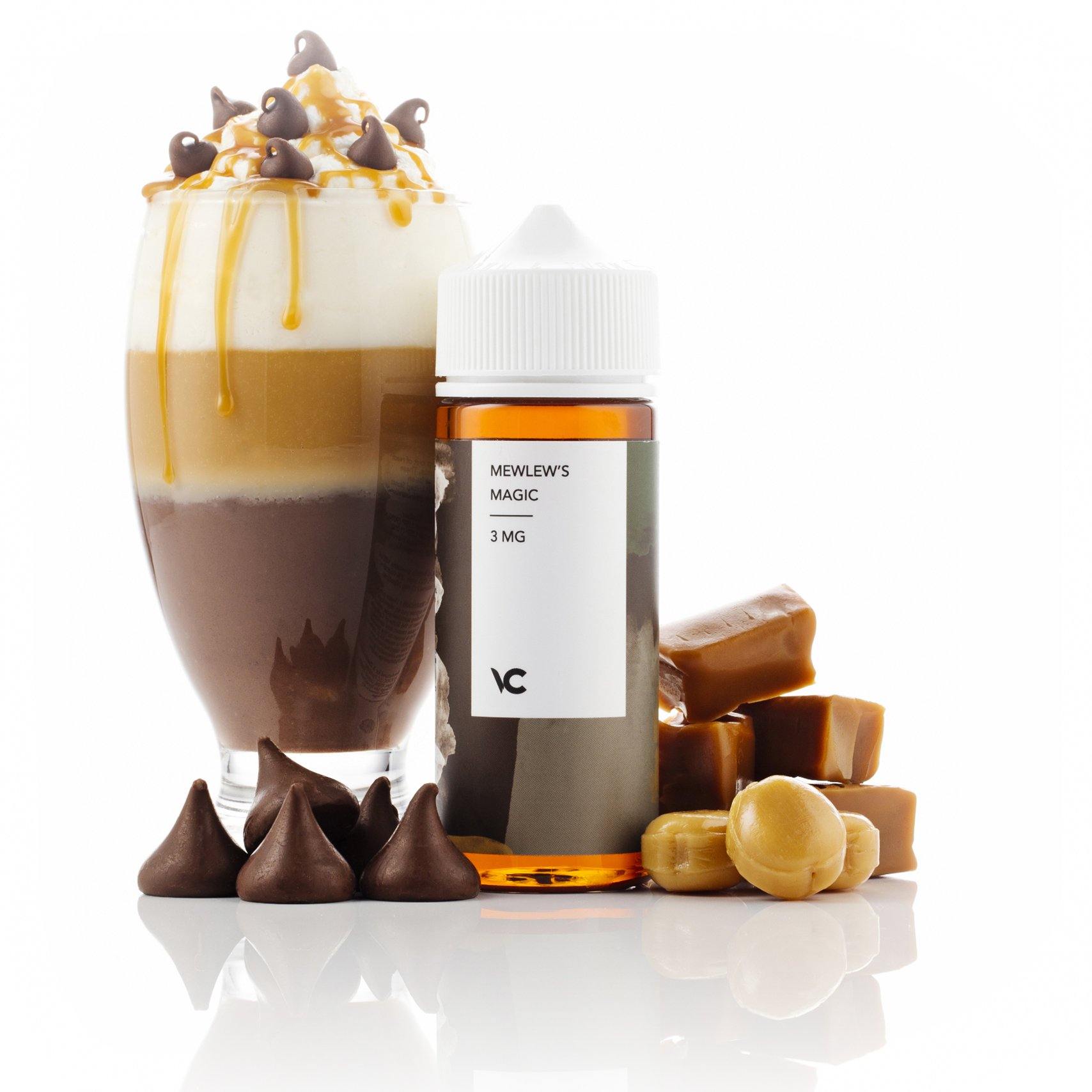Virtually every industry in America is subject to myths. And the vaping industry is definitely not immune to the creation of fictitious stories surrounding its products and practices. Whether you are new to the vaping industry or a vaping connoisseur, it is important to be aware of some of the urban legends surrounding e-cigarettes and vaping. Below are the top six vaping myths currently permeating the vaping industry.
Myth #1: All e-cigarettes contain nicotine
Reality: E-cigarettes without nicotine are widely available
"E-cigarettes don't necessarily contain nicotine. Some popular products contain little or no nicotine and levels can vary from brand to brand."
- Lynn T. Kozlowski, Professor, Department of Community Health and Health Behavior
University at Buffalo, The State University of New York
Purchasing nicotine-free e-cigarettes or VG e-liquid is as easy as a few clicks of your mouse or a live visit to a local store. In fact, you can choose from pure Vg liquid that contains the concentration of nicotine that best suits you. For instance, some cigarette smokers begin vaping and buy high VG e-liquid with a higher concentration of nicotine and then transition to e-liquids with progressively lower concentrations of nicotine with the goal of using nicotine-free e-liquids.
Myth #2: Vaping is dangerous to the people around you
Reality: There is little evidence to suggest that secondhand e-vapor is harmful
"...One possible risk that's often used as an example of how little we know — so-called secondhand vapor — is actually fairly well understood. Scientists who've taken a serious look at "environmental vapor" (that is, vapor exhaled by the vaper and then inhaled by bystanders) have come up with very little to wave their arms and scream about."
- Jim MacDonald, Vaping 360
Of all of the myths on this list, the notion that vaping is a health hazard is perhaps the most damaging to the vaping industry. Ironically, scientific studies have provided scant evidence that exposure to secondhand vapor from e-cigarettes is harmful. In fact, the key takeaway from some studies is that e-cigarettes do not emit significant levels of carbon monoxide and volatile organic compounds. These findings provide a stark contrast to the results of studies that illustrate the potentially deadly effects of secondhand cigarette smoke.
Myth #3: E-cigarettes are burned tobacco products
Reality: E-cigarettes are battery-powered devices used to inhale an aerosol
"First, they are not burned tobacco products. Most often, they contain nicotine solutions that are heated to make a vapor (hence the terms vape or vaping), and they're usually powered by batteries. Some look like cigarettes and others can resemble flashlights."
- Lynn T. Kozlowski, Professor, Department of Community Health and Health Behavior
University at Buffalo, The State University of New York
Many people assume that e-cigarettes are burned tobacco products. This is not the case at all. In fact, the National Institutes of Health (NIH) define e-cigarettes as "battery-operated devices that people use to inhale an aerosol." The NIH notes that, while e-cigarettes can resemble traditional tobacco cigarettes, they include distinct components and feature a liquid solution that is vaporized as opposed to burned tobacco products.
Myth #4: The e-cigarette industry is targeting teenagers with sweet e-liquids
Reality: E-liquid companies develop their flavors to satisfy adults

While it is true that some young adults like e-cigarettes because they use flavored vape juice, most e-liquid companies cater to the buying preferences of the older adults who respond to market surveys. These surveys are administered to people who can legally purchase e-cigarettes and e-liquids. survey results indicate that many adults prefer non-tobacco flavors because they help keep users from wanting to return to return to tobacco cigarettes. Respondents also acknowledge that they request sweeter flavors because they work well with a liquid base.
Myth #5: E-cigarettes only make your nicotine addiction worse
Reality: Many people switch to e-cigarettes to taper their use of nicotine
"Many e-cigarette companies offer refill cartridges at various nicotine strengths, and you can give yourself even finer control by buying e-liquid by the bottle in different strengths and mixing them yourself — this way, you can step down just a fraction of a milligram at a time if you like."
- eCig One
Results of a recent study of 160,000 people found that cigarette smokers who used e-cigarettes to stop smoking tobacco were more successful in their efforts to quit smoking than cigarette smokers who did not use e-cigarettes. The results of the study contrast sharply with the assertion that e-cigarette smoking fosters addiction among existing smokers. Unfortunately, there is scant attention given to these findings, leaving many consumers believing that e-cigarettes only worsen existing addictions to nicotine.
Myth #6: Vaping is more expensive than smoking tobacco cigarettes
Reality: Vaping is less expensive than smoking a pack of tobacco cigarettes
"According to NerdWallet, disposable e-cigarettes will mug you an average of $1,387 per year if you're a pack-a-day smoker—considerably less than the $2,569 equivalent yearly cost of the real thing. While it's still enough to make a dent in your budget, the savings could be critical for many, since tobacco use is higher among among people at a lower socioeconomic status."
- Ethan Wolff-Mann, Money Magazine
Many people who have never purchased tobacco cigarettes and e-cigarettes assume that the latter are more costly. On the contrary, using e-cigarettes with a Premium High VG e-liquid can yield annual savings of over $1,000 compared to purchasing a pack of tobacco cigarettes every day. There are also long-term financial advantages to vaping. When you consider the financial repercussions of treating the health problems associated with tobacco cigarettes, e-cigarette use is more attractive from a financial standpoint.
The Bottom Line
Contrary to the beliefs of many skeptics, e-cigarettes do not exacerbate existing tobacco addictions and can even play an instrumental role in helping tobacco cigarette smokers quit smoking tobacco. Consumers can choose from a host of enticing e-liquid flavors for their e-cigarettes and can gradually taper the amount of nicotine in the premium vapor juice they purchase. By understanding the realities outlined above, you can begin to dispel the myths surrounding the vaping industry.



































